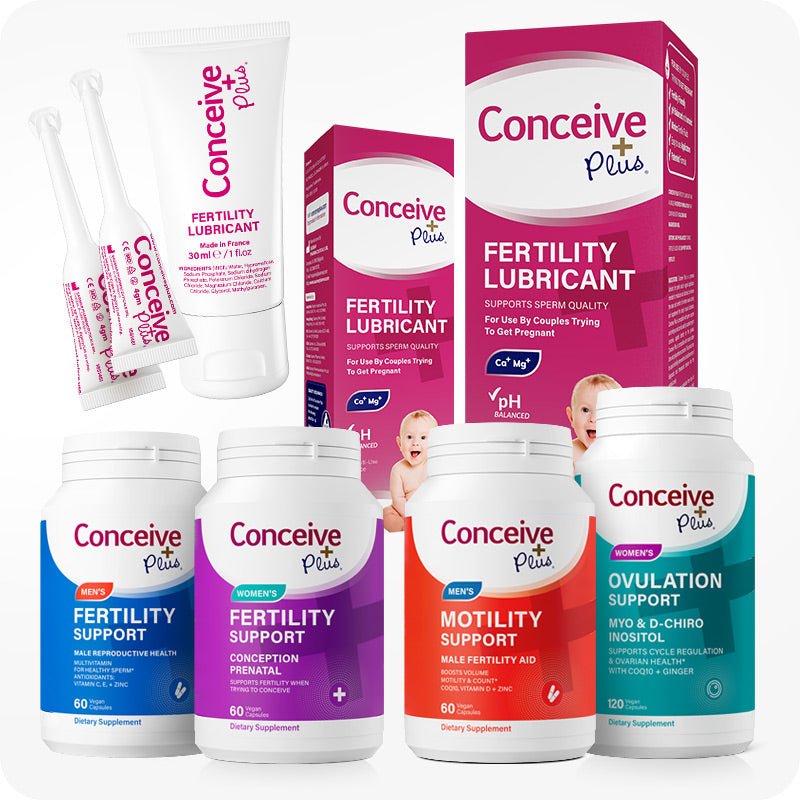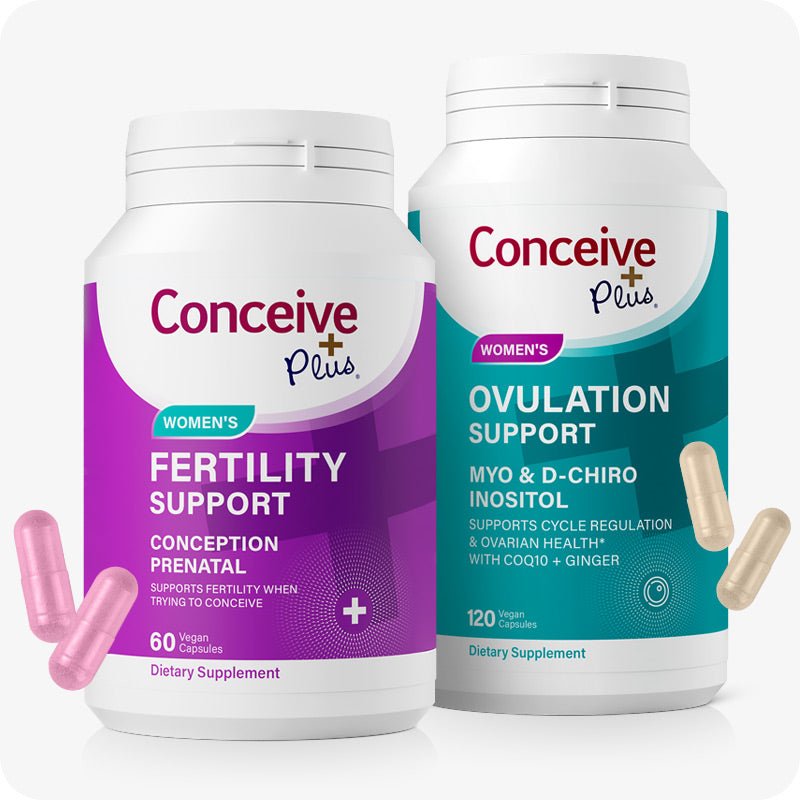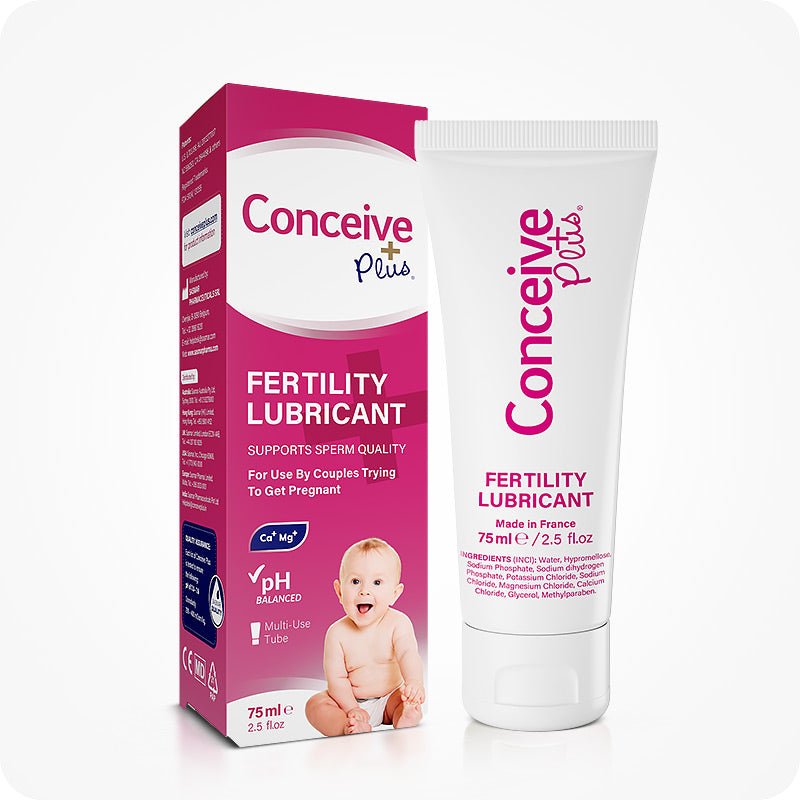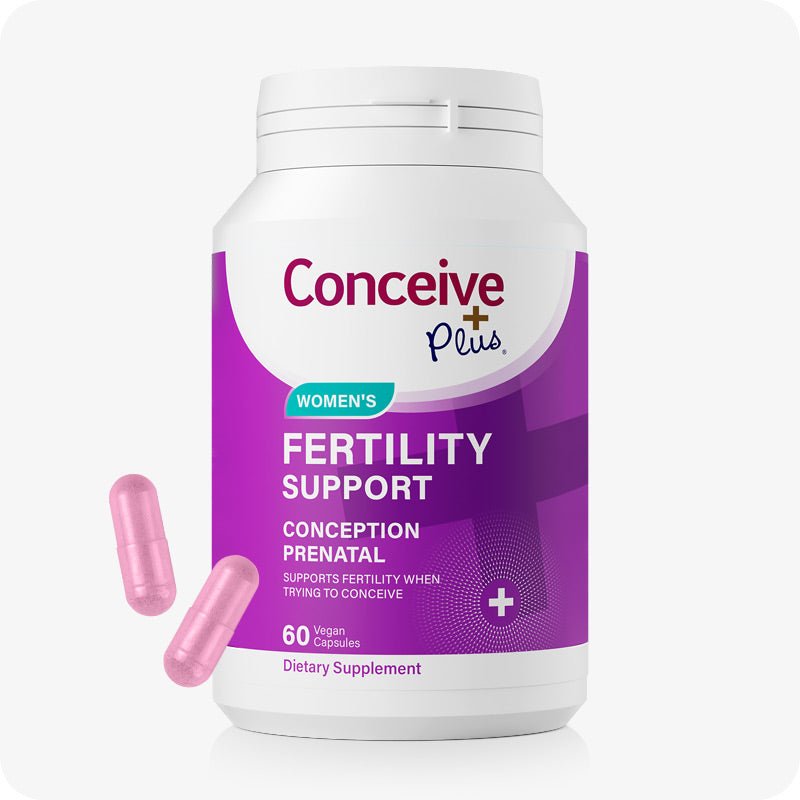Yellow Discharge During Pregnancy: Should You Be Concerned?

Yellow discharge during pregnancy can be both confusing and concerning. Pregnancy brings a range of bodily changes, including shifts in vaginal discharge. For some, it’s nothing more than a harmless fluctuation caused by hormonal activity. For others, it could be an indication of an underlying issue such as an infection or amniotic fluid leakage.
Most pregnant women experience an increase in vaginal discharge, known as leukorrhea, which is usually thin and clear or milky white. However, when the discharge takes on a yellowish hue, it raises questions. Could it be an infection? A normal pregnancy symptom? Or even a sign that labor is near?
Not all cases of yellow discharge are a cause for alarm, but understanding what’s normal and what’s not is crucial. The color, consistency, and smell of discharge can provide important clues about vaginal and reproductive health. Knowing when to seek medical advice can prevent complications and ensure a smooth pregnancy.
What Causes Yellow Discharge During Pregnancy
Several factors can lead to changes in vaginal discharge during pregnancy. The body undergoes significant hormonal shifts, affecting cervical mucus production. Increased estrogen levels can result in excessive moisture, leading to 8 weeks pregnant discharge yellow or other color variations. In some cases, yellow discharge is completely normal, while in others, it could signal an infection or an issue with amniotic fluid [1]. Additionally, some individuals may notice changes in cervical mucus and wonder if it's related to pregnancy. However, experiencing a mucus plug but not pregnant can occur due to hormonal fluctuations, infections, or other underlying health conditions.
Normal Pregnancy Discharge and When It’s Harmless
Pregnancy naturally increases vaginal discharge to keep the reproductive system clean and protect against infections. In many cases, yellow discharge is nothing more than normal leukorrhea that has oxidized upon exposure to air. Light yellow discharge pregnancy is generally harmless unless accompanied by other symptoms like a strong odor, itching, or discomfort.
To maintain vaginal health, it’s recommended to stay hydrated, wear breathable cotton underwear, and avoid scented hygiene products that may disrupt the vaginal microbiome [2].
Bacterial Vaginosis and How It Affects Pregnancy
Bacterial vaginosis (BV) is one of the most common causes of pale yellow discharge early pregnancy and pale yellow discharge in pregnancy. It occurs when there is an imbalance in the vaginal bacteria, leading to an overgrowth of harmful bacteria. This can result in a thin, watery, yellow discharge with a strong fishy odor.
Women experiencing pale yellow discharge pregnancy or pale yellow discharge pregnant should monitor for additional symptoms such as irritation, burning during urination, or vaginal discomfort. If left untreated, BV can increase the risk of premature birth, low birth weight, and other complications.
Yeast Infections and Thick Yellow Discharge
Yeast infections occur when there is an overgrowth of the Candida fungus in the vaginal area. Hormonal changes during pregnancy create the perfect environment for yeast to thrive, leading to thick yellow discharge in pregnancy. This discharge is often clumpy, resembling cottage cheese, and may be accompanied by intense itching and redness.
In some cases, thick yellow discharge pregnancy can be a sign of a yeast infection, especially if it is accompanied by itching or discomfort. This is particularly common in the third trimester, when hormonal changes are at their peak.
While yeast infections are not dangerous, they can be uncomfortable and disrupt daily life. Limiting sugar intake, wearing loose clothing, and maintaining good hygiene can help prevent recurrent infections. If symptoms persist, antifungal treatments prescribed by a doctor may be necessary [3].
Sexually Transmitted Infections and Unusual Discharge
Certain sexually transmitted infections (STIs) can lead to abnormal discharge during pregnancy. STIs like chlamydia, gonorrhea, and trichomoniasis often cause yellow mucus discharge pregnancy. These infections may also produce greenish yellow discharge pregnant or greenish yellow discharge while pregnant, usually accompanied by an unpleasant odor, vaginal irritation, and pain during urination [4].
STIs during pregnancy can be serious, potentially leading to preterm labor, miscarriage, or infections in newborns. Pregnant women experiencing yellow green discharge while pregnant should seek medical attention promptly to prevent complications.
Amniotic Fluid Leakage and What It Means
If vaginal discharge becomes excessively watery and continuous, it might not be discharge at all—it could be amniotic fluid. A pregnancy week 6 discharge that is light yellow or colorless and soaks through underwear may indicate membrane rupture. Amniotic fluid typically has a mild, sweet odor and is thinner than normal vaginal discharge.
Leaking amniotic fluid before labor can pose risks, including infection and premature birth. Pregnant women who suspect pregnant light yellow discharge is actually amniotic fluid should consult a doctor immediately.
Hormonal Changes and Their Role in Yellow Discharge
Hormonal fluctuations during pregnancy can affect the color and consistency of vaginal discharge. Some women may notice brown yellow discharge pregnancy or brown yellow discharge pregnant, which is often harmless. These changes can be due to estrogen fluctuations, mild irritation of the cervix, or old blood mixing with normal discharge [5].
While brownish-yellow discharge is usually not a cause for concern, if it is accompanied by cramping and spotting, it’s best to seek medical evaluation to rule out any complications.
Yellow Discharge in Different Stages of Pregnancy
Vaginal discharge changes as pregnancy progresses. The body produces more cervical mucus, and the consistency, color, and volume of discharge can fluctuate based on hormonal activity and other factors.
First Trimester and Early Pregnancy Discharge
In the first few weeks of pregnancy, estrogen levels rise, increasing vaginal discharge production. Yellow discharge early pregnancy and yellow discharge in early pregnancy are common due to hormonal shifts.
While an increase in discharge is normal, pregnant women should watch for changes in odor and texture. A thick, foul-smelling, or excessively yellow discharge could indicate an infection that needs medical attention.
Second Trimester and the Increase in Vaginal Secretions
During the second trimester, the cervix produces more mucus as a protective barrier for the baby. Many women report yellow discharge during pregnancy second trimester, which can be normal as long as it remains odorless and irritation-free.
However, if the discharge becomes unusually thick, smells unpleasant, or is associated with discomfort, it could be a sign of infection and should be checked by a healthcare provider.
Third Trimester and Signs of Labor Approaching
As the body prepares for labor, vaginal discharge increases. Yellow discharge during pregnancy 3rd trimester and yellow discharge in pregnancy third trimester may occur as the mucus plug begins to break down. This discharge can be thicker than usual and sometimes tinged with blood, indicating that the body is getting ready for delivery.
Third trimester yellow discharge is often a normal part of the body’s preparation for labor, but it’s important to monitor for any unusual changes, such as a foul odor or excessive thickness, which could indicate an infection.
If yellow discharge pregnancy third trimester becomes very watery or is accompanied by contractions, it could be a sign of the water breaking. Any sudden gush or continuous leakage of fluid should be reported to a doctor immediately.
Is Yellow Discharge a Sign of Pregnancy
Many wonder, is yellow discharge a sign of pregnancy? While vaginal discharge can change early in pregnancy, yellow discharge alone is not a clear indication of conception. Most early pregnancy symptoms are caused by hormonal changes, particularly increases in estrogen and progesterone, which also affect vaginal secretions [6].
A rise in estrogen levels increases blood flow to the reproductive organs, leading to an increase in vaginal discharge. This discharge is typically clear or white, but it may appear slightly yellow when exposed to air. Some women may notice yellow discharge pregnancy in the early weeks, but it is not a guaranteed sign of pregnancy.
How to Maintain Vaginal Health During Pregnancy
A healthy vaginal environment is essential to prevent infections, irritation, and discomfort during pregnancy. Hormonal changes can make the vaginal microbiome more vulnerable to imbalances, increasing the risk of infections that answers the question is yellowish discharge normal during pregnancy. Proper hygiene, a balanced diet, and targeted nutrients can help maintain vaginal health.
Support Vaginal pH Balance and Prevent Infections
A balanced vaginal pH is crucial for preventing infections that lead to yellow discharge pregnancy sign. The vagina naturally maintains an acidic pH, which helps control harmful bacteria and fungi. However, hormonal changes during pregnancy can disrupt this balance, increasing the risk of infections such as bacterial vaginosis and yeast infections [7].
To support vaginal pH, it is essential to avoid harsh soaps, douches, and scented feminine hygiene products. Including probiotics in the diet or taking probiotic supplements can help maintain healthy vaginal flora. Nutrients such as vitamin C, zinc, and selenium also play a role in supporting a healthy vaginal microbiome and preventing infections.
Boost the Immune System and Reduce Risks
A strong immune system helps the body fight infections that may cause is yellowish discharge normal during pregnancy. Pregnancy naturally suppresses some immune functions to protect the developing baby, making pregnant women more susceptible to infections.
Essential nutrients such as vitamin D, iron, and selenium are crucial for immune function. Vitamin D helps regulate immune responses, while iron supports oxygen transport and energy production. Selenium acts as an antioxidant, reducing inflammation and supporting overall reproductive health [8].
Improve Blood Circulation and Reproductive Health
Proper blood flow is essential for reproductive health and preventing complications such as yellow discharge pregnant. Increased blood circulation ensures that oxygen and nutrients reach the reproductive organs, supporting overall vaginal and uterine health.
Nutrients such as CoQ10, L-arginine, and magnesium play a key role in improving blood circulation. CoQ10 is a powerful antioxidant that supports cellular energy production, while L-arginine helps dilate blood vessels and increase blood flow. Magnesium supports muscle relaxation and reduces cramping, which can sometimes be associated with changes in vaginal discharge.
Regular physical activity, such as walking or prenatal yoga, can also improve circulation and reduce the risk of fluid retention and swelling. Staying active promotes overall reproductive health and may help prevent complications that lead to abnormal vaginal discharge [9].
Reduce Inflammation and Promote Healing
Inflammation in the vaginal and reproductive areas can lead to irritation, discomfort, and infections. Nutrients such as ginger extract and omega-3 fatty acids help reduce inflammation and promote healing.
Ginger has natural antibacterial and anti-inflammatory properties, which can help support a healthy immune response and reduce the risk of infections that cause yellow mucus discharge pregnancy. Omega-3 fatty acids, found in fish oil and flaxseeds, support cell membrane integrity and help maintain the health of vaginal and reproductive tissues.
Applying a cold compress or wearing loose, breathable clothing can help reduce irritation in the vaginal area. Drinking plenty of water and maintaining a balanced diet further support the body's ability to heal and maintain a healthy reproductive system.
When to See a Doctor About Yellow Discharge
While some changes in vaginal discharge are normal during pregnancy, medical attention is necessary if yellow discharge sign of pregnancy is accompanied by unusual symptoms. Any sudden increase in watery discharge should also be checked to rule out amniotic fluid leakage.
Signs that require medical evaluation include:
- A strong, foul odor accompanying the discharge
- Itching, burning, or swelling around the vaginal area
- Thick, clumpy, or greenish-yellow discharge
- Discharge mixed with blood, especially in early pregnancy
- Persistent pain or cramping along with discharge
- A sudden gush or continuous trickle of fluid, which may indicate amniotic fluid leakage [10].
If any of these symptoms occur, a healthcare provider should be consulted as soon as possible. Early diagnosis and treatment can prevent complications and ensure a safe and healthy pregnancy.
The Bottom Line
Yellow discharge during pregnancy is a common occurrence, but it should be monitored for changes in color, texture, and odor. In many cases, it is a normal response to hormonal changes and increased vaginal secretions. However, if the discharge is thick, has a foul odor, or is accompanied by irritation, it may indicate an infection that requires treatment.
Practicing good hygiene, maintaining a healthy diet, and taking essential nutrients can support vaginal and reproductive health. Simple habits such as staying hydrated, wearing breathable clothing, and avoiding scented feminine products can help prevent infections and irritation.
FAQs
Is yellow discharge during pregnancy normal?
Yes, if it’s light, odorless, and does not cause discomfort. If it’s thick, green, or smells bad, it might be an infection.
What does thick yellow discharge in pregnancy mean?
It can be a sign of a yeast infection, bacterial vaginosis, or an STI. A doctor should be consulted if discomfort is present.
Can yellow discharge harm the baby?
Infections linked to yellow discharge can cause complications, but early treatment reduces risks.
Does yellow discharge mean labor is near?
In late pregnancy, yellow discharge might indicate mucus plug loss or amniotic fluid leakage. If contractions begin, labor might be close.
How can yellow discharge be prevented?
Good hygiene, breathable clothing, and proper nutrition help maintain vaginal health and prevent infections.
Citations
- Workowski, K. A., Bolan, G. A., & Centers for Disease Control and Prevention (2015). Sexually transmitted diseases treatment guidelines, 2015. MMWR. Recommendations and reports : Morbidity and mortality weekly report. Recommendations and reports. Available at: https://pubmed.ncbi.nlm.nih.gov/26042815/
- Reid G. (2008). Probiotic Lactobacilli for urogenital health in women. Journal of clinical gastroenterology. Available at: https://pubmed.ncbi.nlm.nih.gov/18685506/
- Farr, A., Kiss, H., Holzer, I., Husslein, P., Hagmann, M., & Petricevic, L. (2015). Effect of asymptomatic vaginal colonization with Candida albicans on pregnancy outcome. Acta obstetricia et gynecologica Scandinavica. Available at: https://pubmed.ncbi.nlm.nih.gov/26084843/
- Johnson, H. L., Ghanem, K. G., Zenilman, J. M., & Erbelding, E. J. (2011). Sexually transmitted infections and adverse pregnancy outcomes among women attending inner city public sexually transmitted diseases clinics. Sexually transmitted diseases. Available at: https://pubmed.ncbi.nlm.nih.gov/20852454/
- Cunningham, F. G., et al. (2018). Williams Obstetrics (25th ed.). McGraw-Hill Education. Available at: https://obgyn.mhmedical.com/content.aspx?bookid=1918§ionid=138822591
- McDonald, H. M., O'Loughlin, J. A., Jolley, P. T., Vigneswaran, R., & McDonald, P. J. (1994). Changes in vaginal flora during pregnancy and association with preterm birth. The Journal of infectious diseases. Available at: https://pubmed.ncbi.nlm.nih.gov/8077737/
- Farr, A., Kiss, H., Holzer, I., Husslein, P., Hagmann, M., & Petricevic, L. (2015). Effect of asymptomatic vaginal colonization with Candida albicans on pregnancy outcome. Acta obstetricia et gynecologica Scandinavica. Available at: https://pubmed.ncbi.nlm.nih.gov/26084843/
- Mercer B. M. (2003). Preterm premature rupture of the membranes. Obstetrics and gynecology. Available at: https://pubmed.ncbi.nlm.nih.gov/12517665/
- McDonald, H. M., O'Loughlin, J. A., Jolley, P. T., Vigneswaran, R., & McDonald, P. J. (1994). Changes in vaginal flora during pregnancy and association with preterm birth. The Journal of infectious diseases. Available at: https://pubmed.ncbi.nlm.nih.gov/8077737/
- Mercer B. M. (2003). Preterm premature rupture of the membranes. Obstetrics and gynecology. Available at: https://pubmed.ncbi.nlm.nih.gov/12517665/













